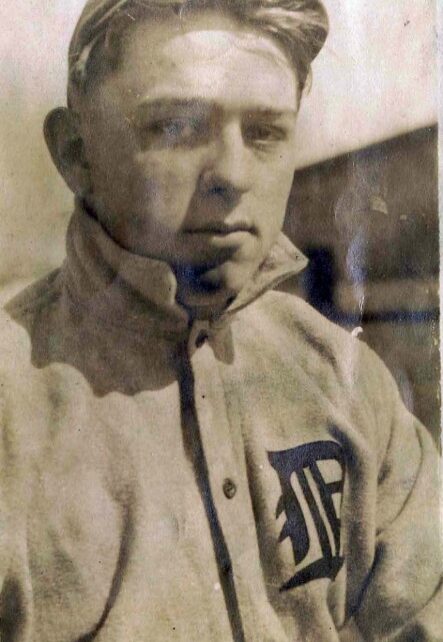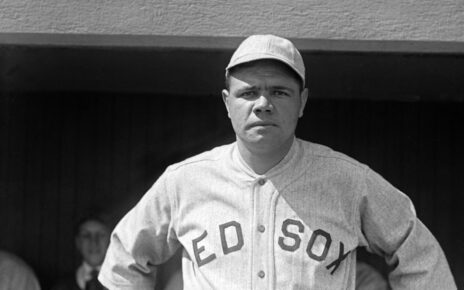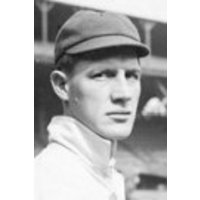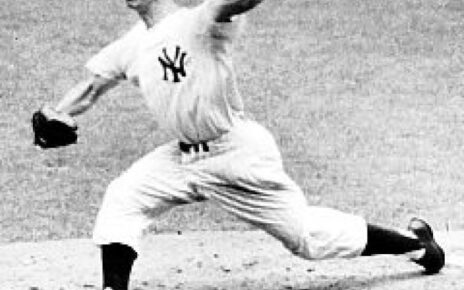Geroge Cunningham was 2 seasons into his professional career when he became more than just a pitcher. It’s unclear as to why Detroit Tigers manager Hughie Jennings thought to spend the 1918 season trying Cunningham out in a two-way role. He had been decent with the bat in 2016, putting up an OPS+ of 137 in 50 plate appearances. 1917 told a different tale, a bad one at that. Jennings saw a guy produce an OPS+ of 55 in 39 plate appearances and said, “Golly, let’s get that guy into the batter’s box more often.” I mean, it’s not what I would have said, but then again, I’m not Hughie Jennings.
Either way, come the 1918 season, George “No One Like Me Enough To Give Me a Nickname” Cunningham pitched in 27 games and played right field for 18 while roaming center for an additional 2. The results were about what one would have expected, well, everyone but Hughie Jennings. With a bat in his hand, Cunningham slashed .223/.320/.277 for an OPS+ of 84 in 131 plate appearances. With a baseball in his hand, Cunningham wasn’t much better. He appeared in 27 games, starting 14 of them. Georgie C ended his season with an ERA of 3.15, FIP of 2.60, and WHIP of 1.207 in 140.0 innings pitched. That ERA and FIP do look good, but he only amassed an ERA+ of 84 because on their own those two stats can be deceiving. All told Cunningham amassed an rWAR of 0.3.
In 1919 Cunningham played less than 10 games in the field, and after taking 1920 off he only appeared in 1 game period in 1921, as a right fielder. Cunningham isn’t a case of a guy with wasted potential or who mucked his career up by trying to be a two-way player. He was always just a guy, a decidedly average to below-average guy who happened to play in the major leagues. He wasn’t a good pitcher or hitter before his conversion to playing both ways. George Cunningham is a two-way failure who wasn’t going to succeed even if he remained a pitcher.
Lead photo courtesy of Unknown – Wikimedia Commons




